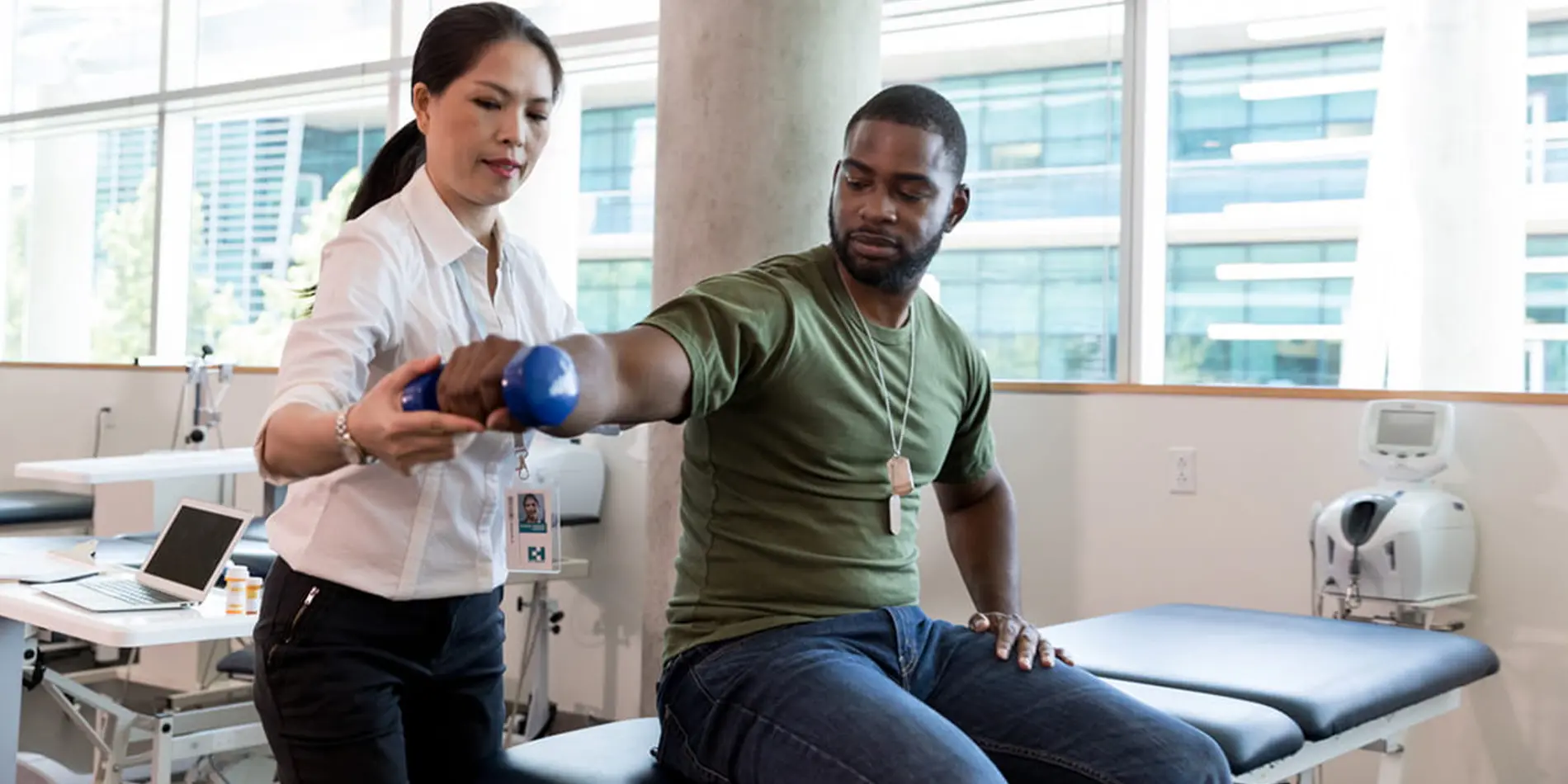Understanding Common Athletic Ailments and Efficient Rehabilitation Plans for Athletes
Understanding Common Athletic Ailments and Efficient Rehabilitation Plans for Athletes
Blog Article
Sports traumas are frequent among sportspeople of all age groups and proficiency levels. These traumas can occur in various forms, including sprains, muscle injuries, fractures, and tendonitis. Understanding the kinds of traumas that can occur during athletic activities is essential for both prevention and treatment. Ligament injuries, for example, entail the overextending or tearing of connective tissues, which link bones at a articulation. Strains, on the contrary hand, affect muscles or tendon structures, which attach muscle tissues to skeletal structures. Recognizing these injuries promptly can help sportspeople seek appropriate care and come back to their sport more quickly.
One of the most frequently seen traumas in athletics is the ankle sprain. This injury often happens when an individual lands awkwardly or twists their ankle during a match. Symptoms of an foot sprain include discomfort, inflammation, and difficulty moving. Immediate care typically involves the R.I.C.E. approach, which represents for Recovery, Ice, Compression, and Elevation. This approach aids reduce swelling and pain. In severe severe cases, rehabilitative therapy may be necessary to regain strength and mobility to the foot before returning to athletics.
Another common injury is a muscle strain, which can happen in any athletic activity that requires sudden actions or heavy lifting. Sportspeople may suffer a muscle injury when they stretch a muscular tissue too far or when they exert too great force. Signs Resources include sharp pain, swelling, and muscular contractions. Recovery for muscle injuries often includes light stretching and conditioning exercises. Slowly increasing activity levels is crucial to avoid re-injury. Sportspeople should collaborate closely with a rehabilitative specialist to develop a secure and effective recovery plan.
Tendonitis is another injury that can impact sportspeople, particularly those who participate in repetitive motions, such as joggers or swimmers. This issue happens when a tendon, which links muscle to bone, becomes swollen. Frequent locations involved by tendon inflammation include the elbow, upper arm, and knee. Signs often include pain and rigidity, especially during movement. Care for tendonitis usually includes recovery, cooling, and anti-inflammatory medications. In some situations, physical treatment may be suggested to enhance flexibility and strength in the affected area.
Avoiding sports traumas is just as crucial as treating them. Sportspeople can reduce their risk of trauma by warming up correctly before activities, using the right gear, and maintaining good physical shape. Strength conditioning and flexibility exercises can help ready the physique for the requirements of athletics. Additionally, athletes should pay attention to their bodies and take breaks when needed. By comprehending frequent athletic traumas and implementing effective recovery plans, sportspeople can remain fit and participate in their beloved athletic activities for a long time to follow.